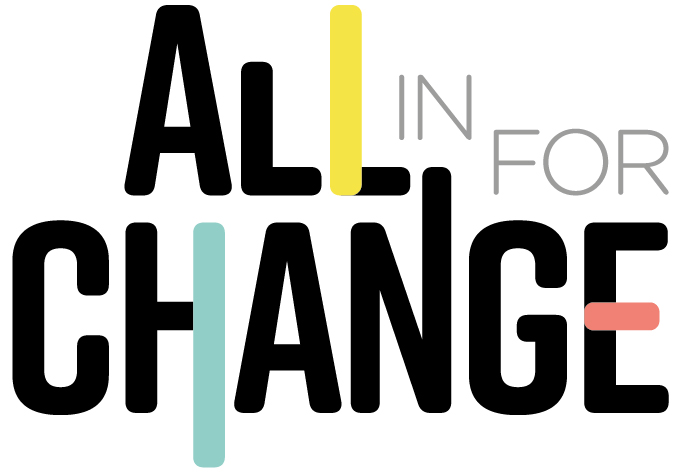My name is Duncan.
I joined GHIFT in 2016 when we started planning an event in the style of a conversation cafe to understand the experiences of people using homelessness services in Glasgow, including some of the barriers and challenges they face. Most of the work I have been involved in has focussed on visiting homeless services in and around Glasgow, talking to people using these services about what works and what doesn’t, so that we can use the information to improve on the positive elements as well as trying to eradicate the negatives.
Since my initial volunteer roles within Homeless Network Scotland I have come to realise the input from people with lived experience is as valid and useful as any academic point of view, if not even more valuable because it is based on experience that comes from having been there and done that. You may have the best education money can buy, but you can’t buy that experience.
Being part of the team that helped to select the services who would become the Glasgow Alliance to End homelessness was a particularly positive experience for me. Learning about how tender processes work with GANTT charts and spreadsheets, and being part of the actual interview process was not only informative, being involved in making such a valuable contribution to ending homelessness in Glasgow has given a huge boost to my self-worth and self-esteem.
The pandemic and lockdown have been challenging as we’ve had to convert to doing almost everything online. I miss the human contact and being able to engage face to face with people to hear their stories, but with the equipment and support I need to get online being provided through Homeless Network Scotland I have managed to gain some new skills that have allowed me to continue getting involved digitally.
Working with GHIFT has helped improve and build on my skills for work as well as the opportunity to prevent other people having to go through the difficulties I had to experience when I was homelessness myself.
Making a positive impact on eradicating homelessness was my main objective for getting involved and being part of the GHIFT group has given me the perfect platform to achieve this.



